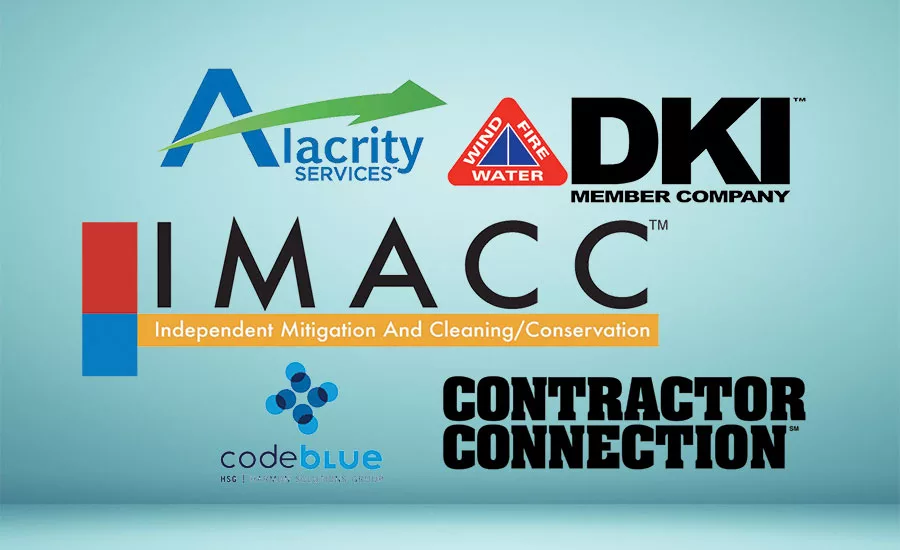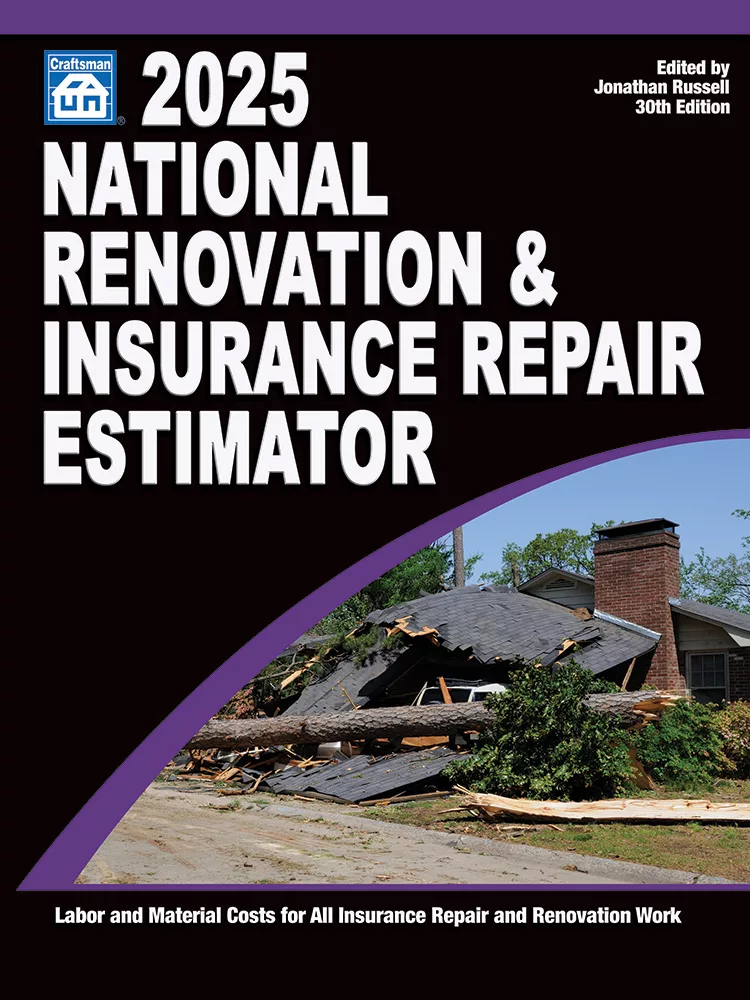Lower Insurance Costs by Working with Restoration Networks


I am a big fan of the restoration networks. My company designs, builds and sells business insurance policies to restoration contractors. We have been at it on a full time basis for over a dozen years now. Most of the ARMR customer base of restoration contractors participates in one or more restoration networks.
The networks have been helpful is reducing the number of claims we get in on the over one thousand restoration firms that we insure as wholesale insurance brokers.
In December, I wrote about what a powerful risk management tool the IICRC S500 and S520 Professional Standards and Guidelines were because of the way they are developed by a committee of subject matter experts. In this article I will provide some insider information on why the restoration networks do such a good job in assisting restoration firms in managing their risks.
As a result of better risk management the contractors participating in the more active restoration networks can actually save money on their liability insurance.
Here is how it works. Restoration networks actively manage the policy holder’s claims experience on behalf of the insurance companies the networks provide services for. The networks are very interested in the policy holder’s perspective on; did the contractor do a good job for you? For the readers of this who have experienced what happens at the network if a policy holder says they are unhappy with something about the work performed, you know how fast the network will shut you off of new assignments until the policy holder is happy again. There is nothing like lost jobs from the network due to a bad report card from a customer to keep a contractor focused on the customer experience.
One of the questions we ask on the insurance applications we utilize to find insurance for a restoration firm is; Do you work for any of these Networks? Then there is a list of networks that we know monitor the policy holder experience. The rating models of some of the insurance companies we use have premium reductions built into them to reflect the lower probability that the applicant will have liability insurance claims.
The contractors in one large network can actually receive a premium reduction based directly on the contractor’s customer satisfaction score that the network generates. What makes this insurance premium reduction noteworthy is the premium credit actually shows up on the insurance quote letter generated by the A+ rated insurance company. Typically, the premium credit is 10% for a well performing contractor.
The Restoration Networks Are Growing Fast
The smart money in restoration contracting marketing says that restoration networks are trailing behind the same drivers in insurance company claims departments that revolutionized the auto glass replacement business 20 years ago. If those predictions come to fruition, the contractors in the networks are going to win in securing work with insurance companies because of the expansion of master service agreements.
It may be hard to see the macro trends developing in your local restoration market, but we tend to look at things on a national level.
I can tell you from first-hand observations, the claims networks are growing ten times faster than the insurance companies they are servicing. There are a number of reasons for this. The most important reason is a network of qualified and safe contractors offers a superior value position to insurance company claims departments compared to the alternative of an insurance company maintaining their own network of restoration firms.
The Restoration Business is Safer Overall
Creating safer contractors is not anything the networks actually set out to do as far as I can tell. Making restoration firms safer was the natural outcome of the network’s goals keeping the insurance policy holders who have suffered a loss happier in their claims and remediation process experiences. One of the key value propositions of networks is they promise the insurance companies they have master service agreements with that the insurance company’s policy holders will have consistently good claims experiences. Insurance companies like that because it makes it much more likely their customer will renew their insurance policy.
It turns out that the interface between the network and the policy holder prevents a lot of liability insurance claims against restoration contractors. Most of the claims against restoration firms get their roots somewhere along the line when the property owner decided they did not like something that was going in in the project. Sometimes what goes wrong at a job site involves burning down the house, or spraying asbestos around the house with the air movers, which happens more often than you would think. Of course those kinds of things cannot be fixed with a customer satisfaction survey by a network. But much more often the things that create liability insurance claims from a project can be fixed by the contractor during the project; if someone would just tell the contractor the property owner is not happy with the something. Many of the most common liability insurance claims made by restoration firms can be avoided when a network finds out about the problem at the job site before it ends up in a trial lawyer’s hands.
The networks are in contact with the policy holders to make sure they are happy with the project. That third party contact with the property owner avoids seriously unhappy customers. It will come as no surprise that policy holders that have a good restoration and claims experience never sue anybody.
I like that factor in our loss experience in the insurance policies we sell to the restoration firms working for the major claims networks. The cost for liability insurance as a percentage of a restoration firm’s revenues has been decreasing for ten consecutive years. Most of those cost reductions can be attributed to the effect of the restoration networks on the overall loss experience of the restoration contracting business.
Looking for a reprint of this article?
From high-res PDFs to custom plaques, order your copy today!







